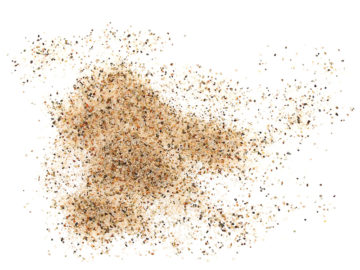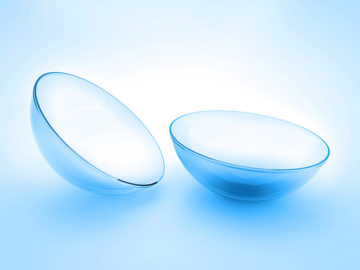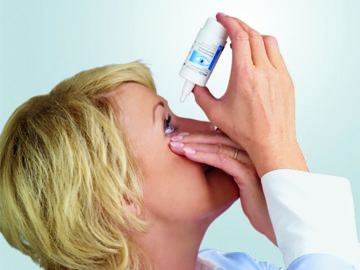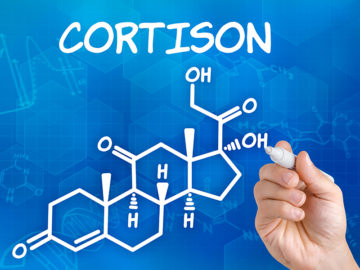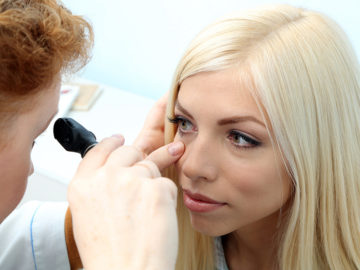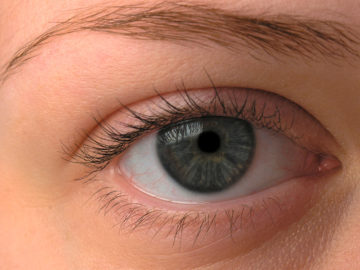Eye ointment: effect

The active ingredient cortisone is also found in some eye ointments.
With dry eyes, there is often damage to the surface of the eye which, due to dry ambient air or working for a long time at a monitor, can lead to burning, itching or redness. An eye ointment relieves the symptoms and can be used to support the regeneration of the cornea and conjunctiva as well as stabilising the tear film. Eye ointment can also be applied in addition to eye drops and is mainly recommended at night time, in order to ensure a longer treatment time.
Eye ointment: effect and active ingredients
For the most part, hydrocarbons form the basis when manufacturing eye ointments. This basic ingredient meets the demands in terms of of the quality and stability of products which are used in the eye and has proven itself over decades. Often, water-free substances are added such as vaseline, lanolin or paraffin and, depending on the indication, ingredients such as cortisone, antibiotics and vitamins.
Cortisone (corticosteroids)
The active ingredient cortisone (hydrocortisone) belongs to the group of glucocorticoids, a range of hormones which are produced in the adrenal cortex.
In eye ointments, cortisone is mainly used for
- allergic reactions,
- allergic conjunctivitis or
- non-infectious inflammation of the eye.
The anti-inflammatory effect of cortisone can also have a positive effect with dry eyes. Nevertheless, it is recommended only to use it under medical supervision and for a short time, as cortisone can suppress the immune system. Furthermore, if used for a longer period, side effects such as intraocular pressure or cataracts can develop.
Antibiotics
Antibiotic ointment is used to treat a bacterial infection of the eye, and also for the prevention of infections after operations or corneal damage.
In the case of antibiotics, different active ingredient groups can be used:
- Aminoglycoside: this group includes the antibiotic gentamicin, which fights common pathogens such as staphylococci.
- Gyrase inhibitors: ofloxacin, which has a broad range of application, comes from this family. It is used above all for bacterial infections with streptococci.
- Polymyxin B: among other things, this group is used against gram-negative bacilli which have a wide resistance to different antibiotics.
- Tetracycline: the eponymous tetracycline is a broad-spectrum antibiotic which captures a broad spectrum of bacteria with its antibacterial action.
Generally, a swab test of the inflamed area should be carried out in order to determine the pathogen and the appropriate therapy. This is important because some types of bacteria can be resistant against certain antibiotics.


